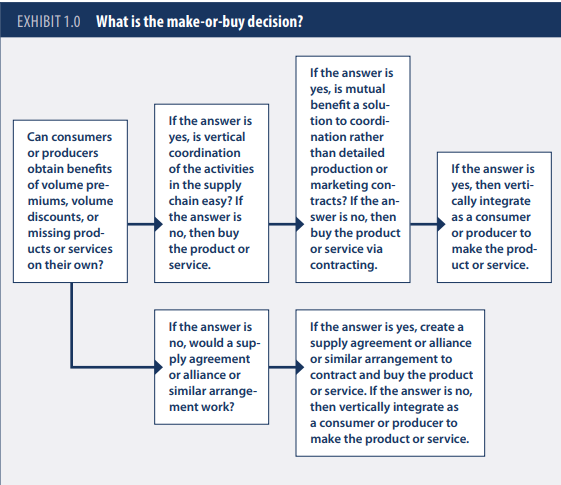2.2: Who Owns a Firm?
- Page ID
- 4246
An owner of a firm is someone who has the right to control the firm and the right to any residual earnings after the firm has contracted its expenses with its suppliers, employees, lenders, and others with whom it has a contractual arrangement. These two rights—control and residual claimant on earnings—are linked together or are obtained jointly in a corporation and are the fundamental basis of ownership. There are costs, however, associated with these two rights. For example, one key cost with regard to the right to residual earnings is the issue of risk and the firm’s strategy choice. More business units in a firm has may lead to greater diversification, which can reduce risk as long as the correlation between earnings in each of the business units is negative or close to zero.
For the right to control the firm, there are costs of controlling managers and costs of collective decision-making. Monitoring the actions of management is difficult when there are many owners, as is often the case with cooperatives and mutuals. Owners can ensure that outside audits are conducted and internal controls are in place. In addition, they attempt to ensure that the board of directors is composed of individuals with the best knowledge possible to monitor management. As seen in the next chapter, cooperatives are limited in this regard because their directors must come from members. The costs of collective decision-making may be high if owners have differing opinions arising from different needs with regard to the cooperative’s products and services. The greater these differences, the greater the costs of collective decision-making.



